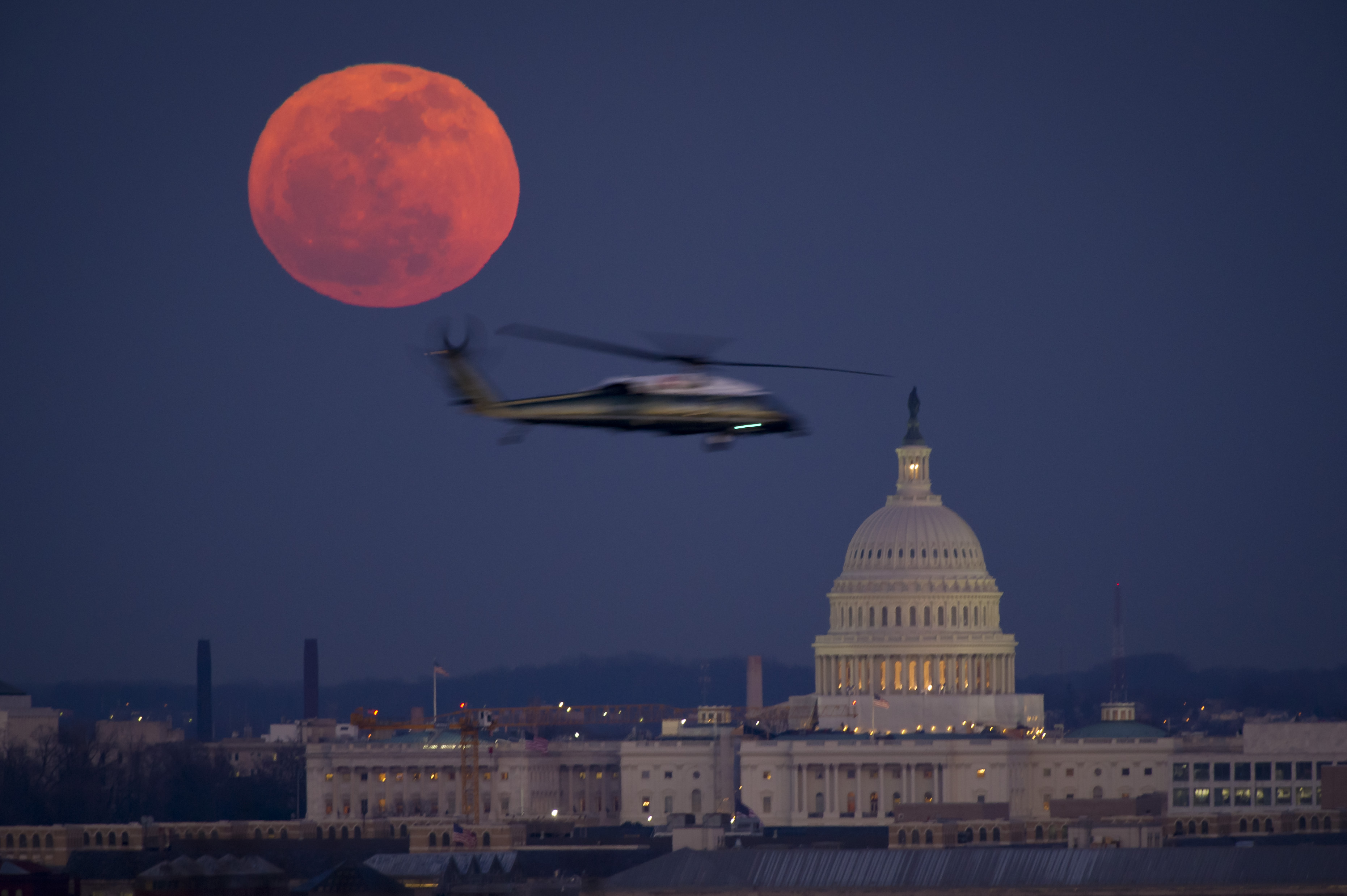
The compromise Fiscal Year 2023 defense policy bill released late Tuesday night authorizes a $32.6 billion shipbuilding budget for the Navy to build 11 battle force ships.
The buy would include “three Arleigh Burke-class destroyers; two Virginia-class submarines; two expeditionary fast transports; one Constellation-class frigate; one San Antonio-class amphibious ship; one John Lewis-class oiler; and one Navajo-class towing, salvage and rescue ship,” according to a summary of the bill provided to USNI News.
The three Arleigh Burke-class destroyers will be the first of a 15-ship multi-year deal that aims to buy three Flight III destroyers a year, USNI News previously reported.
The Navy initially asked for two ships in FY 2023 as part of a proposed nine-ship multi-year destroyer deal with an option for a 10th in its latest budget submission.
“We believe that the DDG Flight III destroyer is the most capable large surface combatant in the worldwide inventory of the Department of Defense, recognize that the Department plans to retire 18 large surface combatants over the next 5 years and yet procure only nine new large surface combatants during the same period, and urge the Department to maximize savings and provide stability to the large surface combatant industrial base through the use of multiyear procurement contracts for the maximum number of ships authorized by this provision,” reads the explanatory statement released with the bill language.
The bill also includes $289 million for advanced procurement for the LHA-10 big-deck amphibious warship, the advanced procurement for LPD-33 and $250 million for surface combatant development research and development. The addition of the LPD-33 advanced procurement is in line with the Marine Corps number one priority on its unfunded requirements list.
The bill also restricts the Navy’s plan to decommission 12 ships – five Littoral Combat Ships, four dock landing ships, two Montford-class expeditionary transfer docks, and one Ticonderoga-class guided-missile cruiser.
The service and the Office of the Secretary of Defense have said since the submission of the FY 2023 budget that the Navy needs to divest legacy ships to move money into emerging capabilities like hypersonic weapons and new ships.
The bill also includes language that would lay the groundwork for an acquisition strategy for the Navy’s next-generation guided-missile destroyer DDG(X) and provides incentives for shipbuilders to develop their workforce and expand capacity.
Navy leadership has consistently said the shipbuilding industry is operating at maximum capacity and the service has requested what the yards can support.
“You cannot throw much more money at the seven shipbuilders that build U.S. warships in the United States of America right now,” Chief of Naval Operations Adm. Mike Gilday said on Saturday at the Reagan Forum, according to Seapower. “Their capacity is about at max, and Congress is helping us max them out. I would say the same thing for weapons production … If you take a look at our budget and where we’re putting money, we are trying to send a very strong signal to industry that we need consistent, stable production lines for weapons with range and speed for a long time.”
Additionally, the bill authorizes $25 million to continue the research and development of the nuclear sea-launched cruise missile – SLCM-N – a capability that the Joint Chiefs of Staff and U.S. Strategic Command have supported, but the Biden administration rejected because officials argued in the latest nuclear posture review that it has “zero value.”
In aviation, the bill restricts the retirement of EA-18G Growler electronic warfare aircraft and “requires a report outlining a strategy and execution plan for the Navy and Air Force to continuously and effectively meet airborne electronic attack training and combat requirements of the joint force.”
The bill also continues the F/A-18E/F Super Hornet line with the purchase of an additional eight fighters, 16 carrier-capable Navy F-35C Lighting II Joint Strike Fighters, 15 Marine short takeoff and vertical landing F-35Bs, 12 Marine CH-53K King Stallion heavy lift helicopters, two V-22 tilt-rotors, seven E-2D Advanced Hawkeye airborne early warning aircraft, five Marine KC-130J tankres, three MQ-4 Triton surveillance unmanned aerial vehicles, four MQ-25 Stingray unmanned aerial fuel tankers and five unspecified large UAVs for the Marine Corps.





